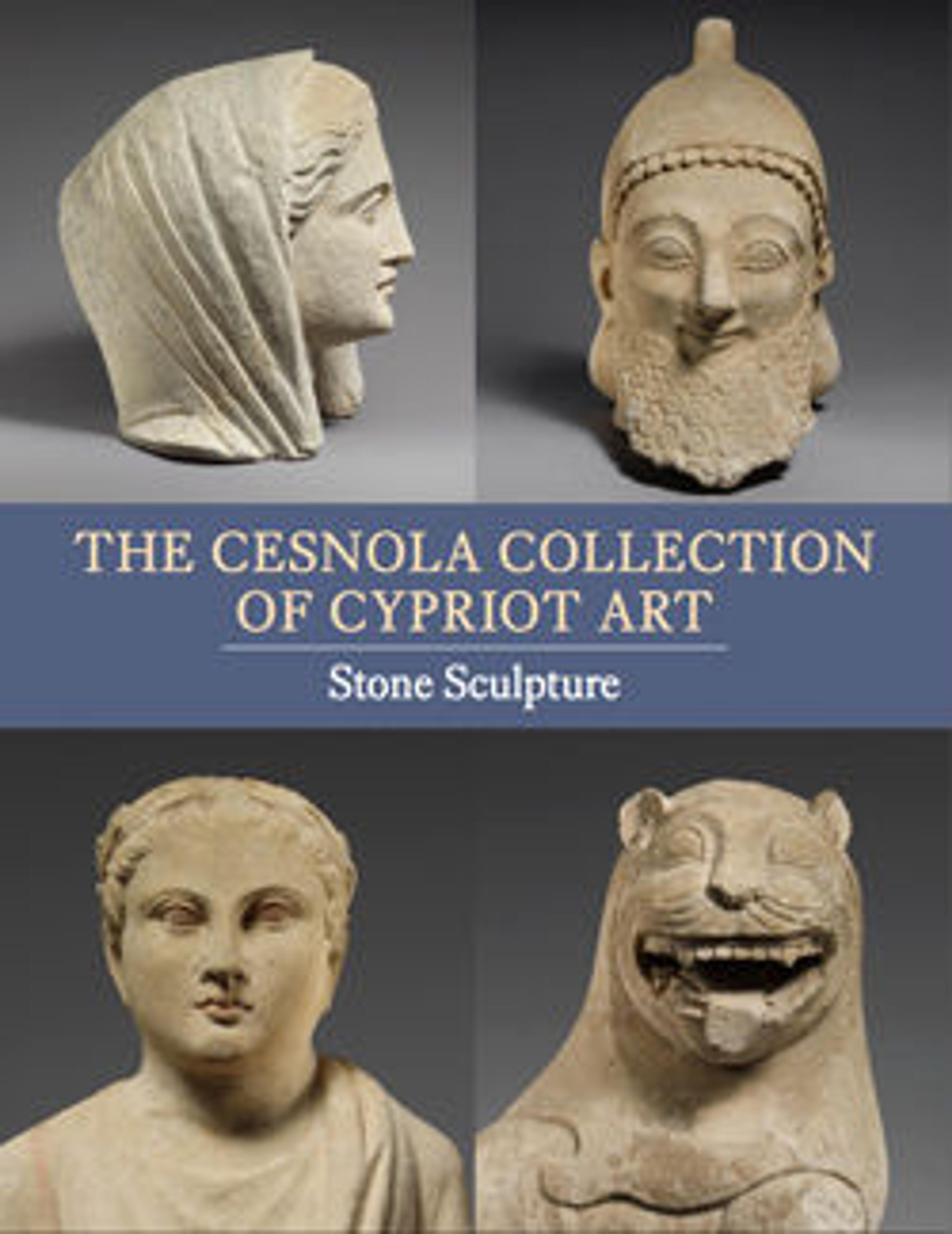Limestone bust of a flute-player
Representations of flute players are found in both sanctuaries and tombs in Cyprus. They would play music eternally for the divinity or the deceased. The strap around the head of the player, a phorbeia, held the flute in place and prevented the cheeks from swelling, thus helping to control the breath. Egyptian influence is evident in the smooth wig. The piece may have formed a pair with 74.51.2509.
Artwork Details
- Title:Limestone bust of a flute-player
- Period:Cypro-Archaic II
- Date:ca. 575–550 BCE
- Culture:Cypriot
- Medium:Limestone
- Dimensions:WebPub GR 2012 Cesnola: 15 3/4 × 13 3/4 × 8 3/4 in., 32 lb. (40 × 34.9 × 22.2 cm)
- Classification:Stone Sculpture
- Credit Line:The Cesnola Collection, Purchased by subscription, 1874–76
- Object Number:74.51.2517
- Curatorial Department: Greek and Roman Art
More Artwork
Research Resources
The Met provides unparalleled resources for research and welcomes an international community of students and scholars. The Met's Open Access API is where creators and researchers can connect to the The Met collection. Open Access data and public domain images are available for unrestricted commercial and noncommercial use without permission or fee.
To request images under copyright and other restrictions, please use this Image Request form.
Feedback
We continue to research and examine historical and cultural context for objects in The Met collection. If you have comments or questions about this object record, please contact us using the form below. The Museum looks forward to receiving your comments.
